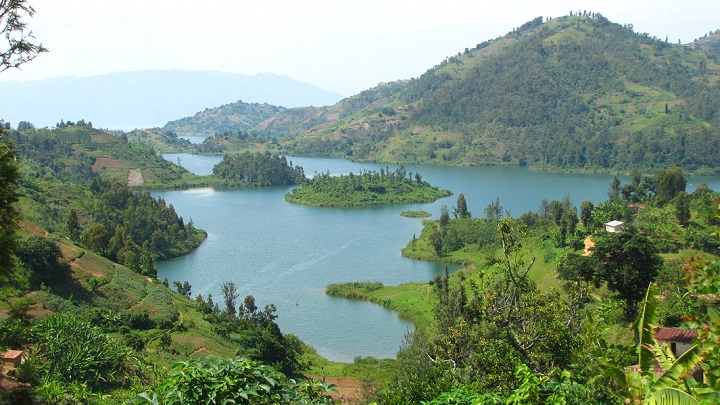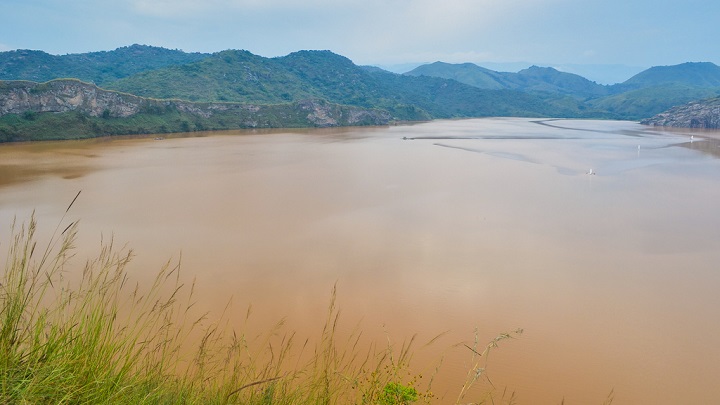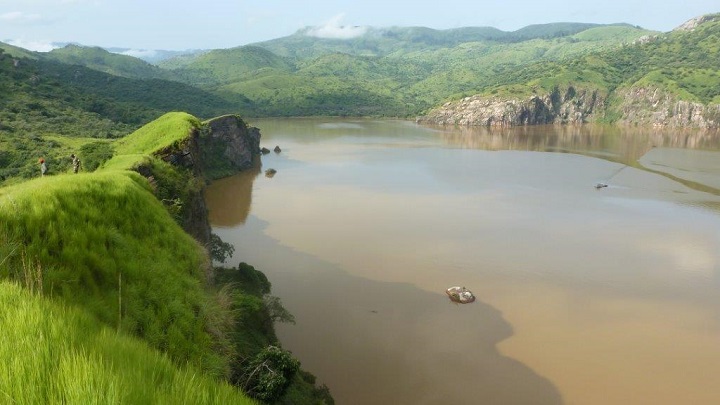
Rain, earthquakes, floods, tsunamis or landslides are some of the natural phenomena that can turn into what we call natural disasters . This occurs when these natural phenomena cause enormous material losses and human life losses, which could have been avoided with prevention plans, that is, with human action.
A little-known natural disaster is the limnic eruption, also known as the " explosive lake phenomenon." Fortunately, there are only three such lakes in the world. Would you like to discover more details about this natural disaster and about the three explosive lakes that exist on the planet? Well, we recommend that you do not miss anything that we tell you below!
Explosive lake phenomenon
Before introducing you to the three explosive lakes that exist in the world, we want to talk to you about this unknown phenomenon by the vast majority. It is a strange natural disaster whereby high concentrations of carbon dioxide suddenly erupt in the depths, suffocating humans, wildlife and livestock. In addition, it must be borne in mind that it can also cause tsunamis . According to some scientists, landslides, volcanic activity or some explosions can trigger a limnic eruption. At the moment, this phenomenon has only been observed on two occasions: in Lake Monoun in Cameroon, in 1984, causing the death of 37 people who lived in the surroundings; and in 1986 at Lake Nyos, also in Cameroon, killing nearly 1,800 people.

Lake Monoun
As we were telling you, two of the explosive lakes are in Cameroon. One of them is Lake Monoun, which is located in the Northwest Region, in the Okuen volcanic field. It was on August 15, 1984 when the limnic eruption occurred that released a large amount of carbon dioxide, causing the death of 37 people, although at first they did not know the cause of the death of so many people. In fact, it was believed that it could be a terrorist attack. To prevent the lake from exploding again, a ventilation shaft was inserted in 2003.
Lake Nyos
Much worse were the consequences of the limonic explosion produced in Lake Nyos, also located in northwestern Cameroon, specifically on the flank of a dormant volcano near Mount Oku. The limnic eruption occurred on August 21, 1986, when a cloud of carbon dioxide killed 1,800 people and 6,000 head of cattle. Some scientists believe that the disaster occurred after a landslide or earthquake . Since 1990 experts have been working to degas the lake.

Kivu lake
Finally, we want to talk about Lake Kivu, one of the great lakes in Africa. It is located on the border between Rwanda and the Democratic Republic of the Congo, in the Great Rift Valley. Its waters are sadly known to have been one of the places chosen to dump many of the victims of the Rwandan genocide. It has recently been found to contain about 55 billion cubic meters of methane gas at a depth of 300 meters. According to experts, an eruption that empties this lake would be catastrophic, since some 2 million people live near its basin. For this reason, the Rwandan government has started an extraction project that, in addition, could be used to achieve up to 960 megawatts of electricity generation capacity, which could mean the country’s energy independence.
